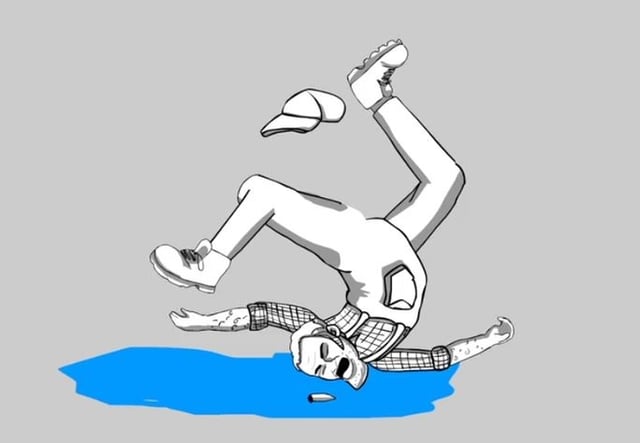If your agribusiness operation doesn’t present enough opportunity for slips and falls, wait for a snow or ice storm! Even without a storm, freezing temperatures can create additional hazards due to the freezing of existing wet or muddy areas. Take time now to identify areas where some additional grading or surface changes could reduce the water or moisture subject to freezing. Some of these areas include downspouts from roofs, low spots in parking areas, runoff from lots, etc.

Preparation
Make sure the needed equipment and supplies are on hand to address snow and ice removal. Have plenty of ice melt or sand. Keep shovels and scrapers located in convenient locations, near where they will be needed. Make sure any heavy equipment used for snow and ice removal is ready for the season. If you have a large operation, designate a team to address snow and ice concerns. Shoveling snow and ice is physically demanding. Make sure your team is up for the task.
Action
Take these steps to prevent injury due to the accumulation of snow and ice and slippery conditions:
- Monitor weather reports to have advanced warning.
- Begin snow removal in traffic or public areas when one inch of snow has accumulated.
- Begin applying salt or sand on ice in traffic or public areas immediately.
- Post signs in areas to warn of icy or slippery conditions that are not easily cleared.
- Make sure mats are present indoors to prevent slips and falls on wet floors.
Injury Prevention
Follow these strategies to prevent injuries from slips and falls on snow and ice:
- Wear the proper footwear. Boots with deep lugs will improve traction. Consider wearing ice walker cleats when you can’t avoid icy conditions.
- Keep your hands out of your pockets. If you slip, you will need your arms to restore balance.
- Take short steps. This will keep your center of gravity above your feet and reduce the likelihood of a fall should you slip.
- Avoid carrying heavy loads.
- If you fall, tuck and roll to protect your head and face.
- Provide assistance to the elderly. If you are a senior, ask others for a helping hand.
For more information on winter weather workplace hazards, see OSHA’s Winter Weather website: https://www.osha.gov/dts/weather/winter_weather/hazards_precautions.html.


